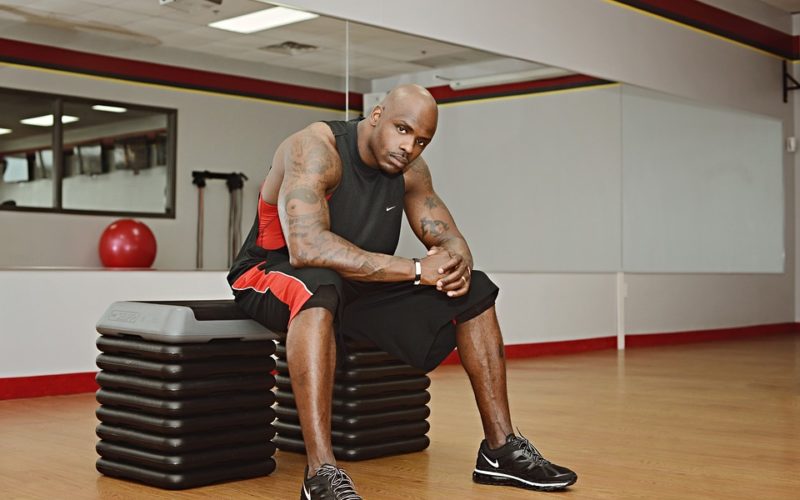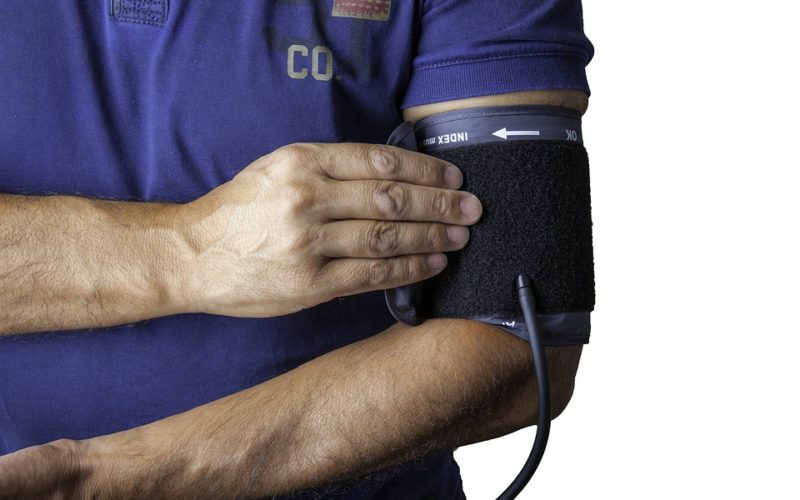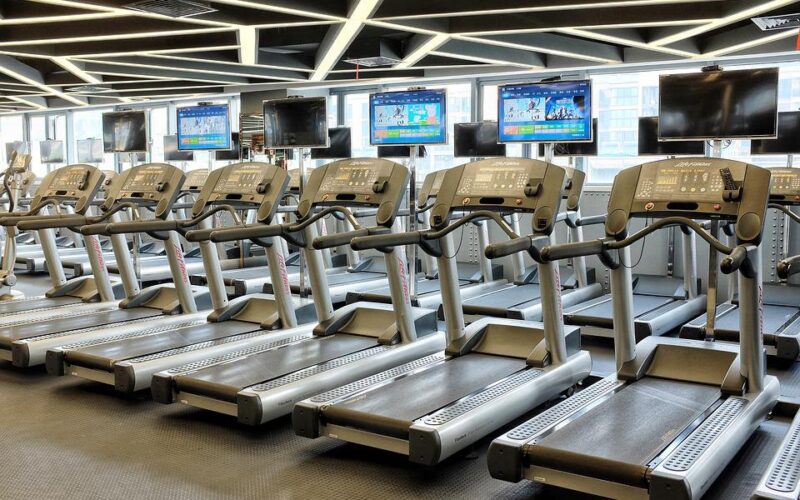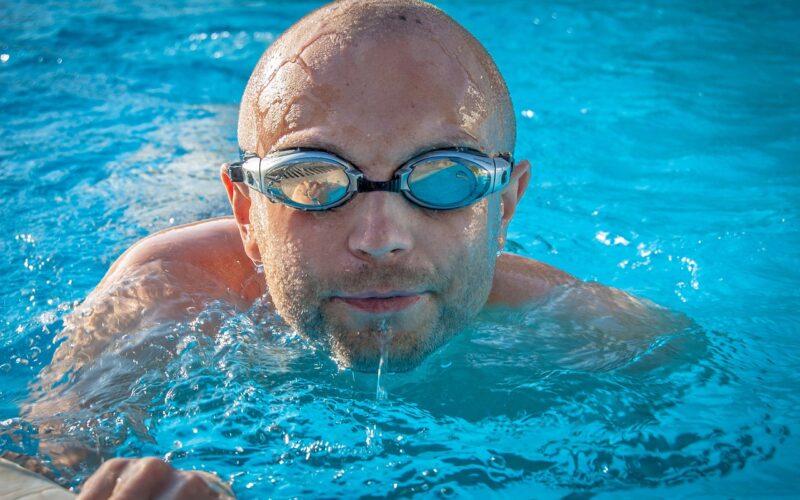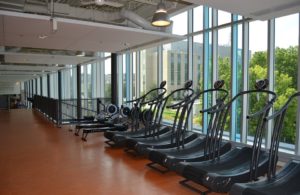Movement has a way of taxing the body’s muscles, but it also affects breath and heart rate. If a person moves vigorously, they often experience a lack of breath and increase in the rate of their heart’s beating. These are signs their body has been attempting to pull in more oxygen to increase the output of their muscles, and it can be good or bad depending on the situation. Too much movement can overtax the cardiovascular system until a person has damaged it, so knowing how much a body can take may just come down to the role of aerobics.
Running is one of the most recognized forms of aerobic exercise because it requires the body to inhale and process a great deal more oxygen than normal to keep the muscles going. A person in relatively good shape could find this is the perfect way for them to increase the limits of their cardiovascular response, but those who have had little or no recent exercise should walk instead. Aerobics is about pushing the limits of their system instead of overtaxing it.
As the body moves, it requires more energy to continue whether or not an exercise is being performed. Those who are in shape can move much longer, and they can do it because their body has the ability to increase its intake of oxygen to help muscles burn their own fuel. This is one of the reasons aerobics have become an important part of any workout, and professional trainers encourage it. Gyms generally have plenty of equipment for aerobic exercises, and these include treadmills and stationary bicycles.
The main goal of aerobics is to enlarge the ability of the lungs to inhale oxygen while helping the heart beat at a faster rate as it speeds oxygenated blood to muscles. These actions increase the body’s ability to move longer, and they are a good way to also burn calories that are no longer needed.
